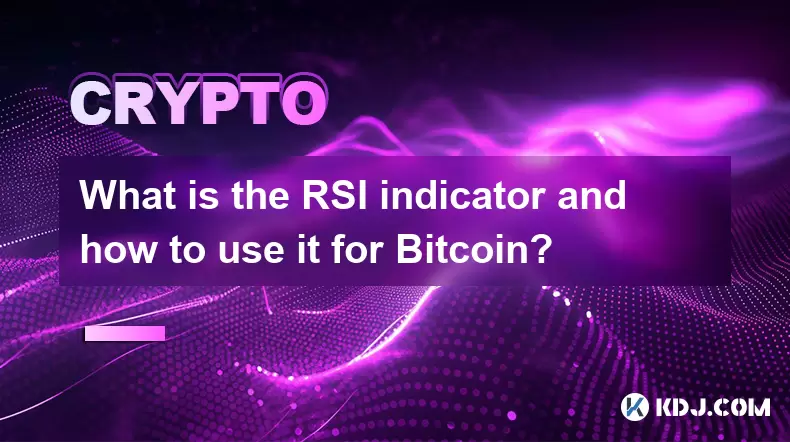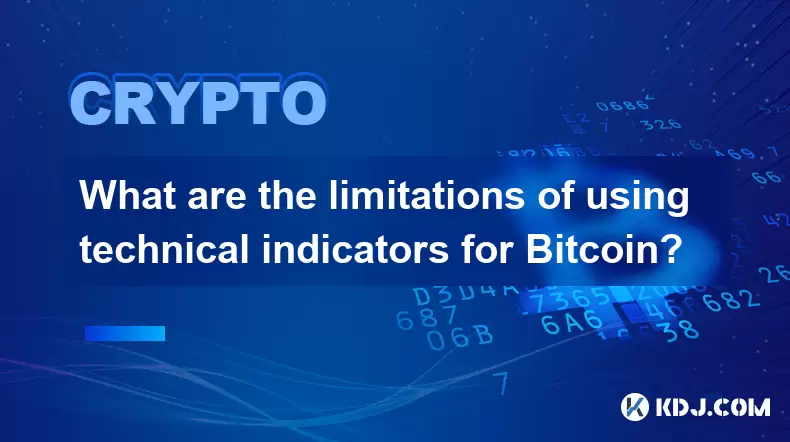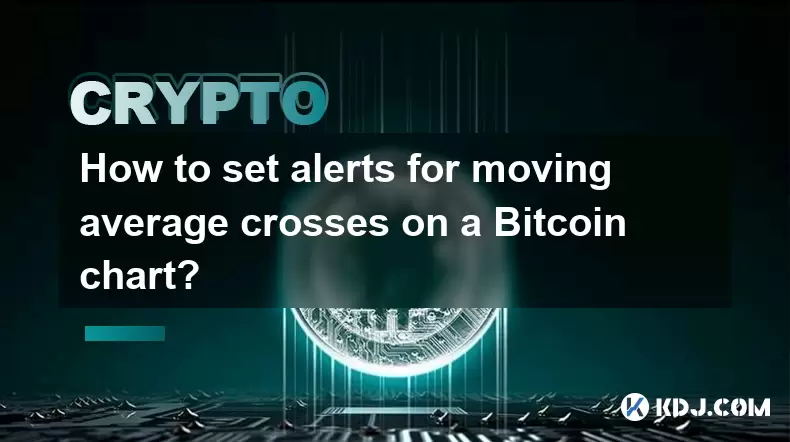-
 Bitcoin
Bitcoin $108,017.2353
-0.81% -
 Ethereum
Ethereum $2,512.4118
-1.58% -
 Tether USDt
Tether USDt $1.0002
-0.03% -
 XRP
XRP $2.2174
-1.03% -
 BNB
BNB $654.8304
-0.79% -
 Solana
Solana $147.9384
-1.76% -
 USDC
USDC $1.0000
-0.01% -
 TRON
TRON $0.2841
-0.76% -
 Dogecoin
Dogecoin $0.1636
-2.09% -
 Cardano
Cardano $0.5726
-1.72% -
 Hyperliquid
Hyperliquid $39.1934
1.09% -
 Sui
Sui $2.9091
-0.59% -
 Bitcoin Cash
Bitcoin Cash $482.1305
0.00% -
 Chainlink
Chainlink $13.1729
-1.54% -
 UNUS SED LEO
UNUS SED LEO $9.0243
-0.18% -
 Avalanche
Avalanche $17.8018
-1.90% -
 Stellar
Stellar $0.2363
-1.69% -
 Toncoin
Toncoin $2.7388
-3.03% -
 Shiba Inu
Shiba Inu $0.0...01141
-1.71% -
 Litecoin
Litecoin $86.3646
-1.98% -
 Hedera
Hedera $0.1546
-0.80% -
 Monero
Monero $311.8554
-1.96% -
 Dai
Dai $1.0000
-0.01% -
 Polkadot
Polkadot $3.3473
-2.69% -
 Ethena USDe
Ethena USDe $1.0001
-0.01% -
 Bitget Token
Bitget Token $4.3982
-1.56% -
 Uniswap
Uniswap $6.9541
-5.35% -
 Aave
Aave $271.7716
0.96% -
 Pepe
Pepe $0.0...09662
-1.44% -
 Pi
Pi $0.4609
-4.93%
What is the RSI indicator and how to use it for Bitcoin?
The RSI indicator helps Bitcoin traders identify overbought (above 70) or oversold (below 30) conditions, signaling potential price reversals.
Jul 05, 2025 at 09:35 pm

Understanding the RSI Indicator
The Relative Strength Index (RSI) is a momentum oscillator used in technical analysis to measure the speed and change of price movements. It was developed by J. Welles Wilder and typically operates on a scale from 0 to 100. The RSI helps traders identify overbought or oversold conditions in an asset's price, which can signal potential reversals or corrections. In the context of Bitcoin, the RSI indicator provides insights into whether the cryptocurrency is being overbought (potentially overvalued) or oversold (potentially undervalued).
Key Concept: An RSI value above 70 generally indicates overbought conditions, while a value below 30 suggests oversold conditions.
How the RSI Works for Bitcoin
For Bitcoin, the RSI is calculated based on the average gains and losses over a specified period, usually 14 days. This calculation involves comparing the magnitude of recent gains to recent losses. The formula used is:
RSI = 100 – [100 / (1 + Average Gain / Average Loss)]
When applied to Bitcoin, this formula helps determine whether the market is experiencing excessive buying or selling pressure. For example, if Bitcoin has seen consistent upward movement without significant pullbacks, the RSI will rise, potentially reaching the overbought zone.
- Step 1: Choose a time frame (commonly 14 periods).
- Step 2: Calculate average gain and average loss during that period.
- Step 3: Plug values into the RSI formula to get the current RSI reading.
Interpreting RSI Signals for Bitcoin Trading
Traders use the RSI indicator to make informed decisions about entering or exiting positions in Bitcoin. When the RSI crosses above 70, it may suggest that Bitcoin is overbought and due for a pullback. Conversely, when the RSI drops below 30, it might indicate that Bitcoin is oversold and could rebound.
However, it’s crucial to note that these levels are not always reliable in isolation. In strong trending markets, especially with volatile assets like Bitcoin, the RSI can remain in overbought or oversold territory for extended periods.
- Observation: Watch for divergence between RSI and price action — if the price makes a new high but RSI doesn’t, it could signal weakening momentum.
- Confirmation: Combine RSI readings with other indicators such as moving averages or volume data for better accuracy.
Using RSI for Entry and Exit Points in Bitcoin Trading
One practical application of the RSI indicator is identifying potential entry and exit points for Bitcoin trades. For instance, if the RSI dips below 30 and then rises back above it, some traders interpret this as a buy signal. Similarly, if the RSI moves above 70 and then falls below it, it may be considered a sell signal.
However, due to the high volatility of Bitcoin, many traders prefer to adjust their RSI thresholds. Some use 80 and 20 instead of 70 and 30 to avoid premature signals during strong trends.
- Buy Signal: RSI crosses above 30 after being below it.
- Sell Signal: RSI crosses below 70 after being above it.
- Trend Filtering: Use RSI in conjunction with trendlines or moving averages to filter out false signals.
Common Mistakes When Using RSI for Bitcoin
Despite its usefulness, the RSI indicator can lead to misleading conclusions if not used correctly. One common mistake is relying solely on RSI to make trading decisions without considering broader market conditions or other technical tools. Additionally, during strong uptrends or downtrends in Bitcoin, the RSI can give false overbought or oversold signals.
Another pitfall is failing to adjust the RSI settings according to the market environment. For example, using a 14-period RSI on highly volatile intraday charts may produce too many whipsaws, leading to poor trade execution.
- Avoid Isolation: Never use RSI alone; combine with support/resistance, volume, or candlestick patterns.
- Adjust Sensitivity: Consider changing the RSI period from 14 to higher or lower values depending on your strategy and timeframe.
- Watch for Divergence: Pay attention to discrepancies between price and RSI, as they often precede reversals.
Frequently Asked Questions
Can I use RSI for day trading Bitcoin?
Yes, RSI can be effective for day trading Bitcoin, especially when combined with short-term candlestick patterns and volume indicators. However, traders should consider using shorter RSI periods (e.g., 7 or 10) and closely monitor for false signals.
Is RSI more reliable on higher timeframes for Bitcoin?
Generally, RSI tends to be more reliable on higher timeframes such as 4-hour or daily charts because they filter out noise and provide clearer signals. Lower timeframes may generate frequent and less accurate readings.
What is RSI divergence in Bitcoin trading?
RSI divergence occurs when the Bitcoin price makes a new high or low, but the RSI does not confirm it. A bearish divergence happens when the price hits a new high but RSI forms a lower high, indicating weakening momentum.
How do I set up RSI on my Bitcoin trading platform?
Most trading platforms like Binance, TradingView, or MetaTrader include RSI as a built-in indicator. Simply navigate to the indicators menu, select RSI, and apply it to your chart. You can customize the period and overbought/oversold levels as needed.
Disclaimer:info@kdj.com
The information provided is not trading advice. kdj.com does not assume any responsibility for any investments made based on the information provided in this article. Cryptocurrencies are highly volatile and it is highly recommended that you invest with caution after thorough research!
If you believe that the content used on this website infringes your copyright, please contact us immediately (info@kdj.com) and we will delete it promptly.
- PEPE, BONK, and Remittix: Meme Coins Meet Real-World Utility
- 2025-07-06 02:30:13
- Score Big This Weekend with BetMGM Bonus Code for MLB Games
- 2025-07-06 02:50:13
- PENGU Token's eToro Debut and Weekly Surge: What's Driving the Hype?
- 2025-07-06 02:30:13
- Singapore's Crypto Crackdown: Laundering, Licenses, and Lessons
- 2025-07-06 02:50:13
- Royal Mint Coins: Unearthing the Rarest Queen Elizabeth II Treasures
- 2025-07-06 00:30:12
- BlockDAG, SEI, and HYPE: Decoding the Crypto Buzz in the Big Apple
- 2025-07-06 00:50:13
Related knowledge

What is the Woodies CCI indicator and can it be used for Bitcoin?
Jul 04,2025 at 05:14pm
Understanding the Woodies CCI IndicatorThe Woodies CCI indicator is a variation of the traditional Commodity Channel Index (CCI), which was originally developed by Donald Lambert. The standard CCI measures the current price level relative to an average price over a given period, typically 14. However, the Woodies version modifies this calculation to mak...

How to use indicators to trade the opening range breakout for Bitcoin CME futures?
Jul 05,2025 at 07:35pm
What Is the Opening Range Breakout Strategy?The opening range breakout (ORB) strategy is a popular trading technique used in both traditional markets and cryptocurrency futures, particularly for Bitcoin on the CME. This method involves identifying a specific price range formed during the early phase of a trading session and then taking positions when th...

What does a bearish cross on the Stochastic RSI mean for Bitcoin?
Jul 05,2025 at 07:18pm
Understanding the Stochastic RSI IndicatorThe Stochastic RSI (Relative Strength Index) is a momentum oscillator used in technical analysis to identify overbought or oversold conditions in an asset's price. It combines two well-known indicators — the RSI and the Stochastic Oscillator — to provide more nuanced signals than either could alone. The Stochast...

What are the limitations of using technical indicators for Bitcoin?
Jul 06,2025 at 03:35am
Understanding the Role of Technical Indicators in Cryptocurrency TradingIn the realm of Bitcoin trading, technical indicators are tools used by traders to analyze historical price data and volume to predict future price movements. These indicators—such as Moving Averages, Relative Strength Index (RSI), and MACD—are widely adopted across traditional fina...

How to interpret the interaction between Bitcoin's price and the Ichimoku baseline (Kijun-sen)?
Jul 05,2025 at 11:42pm
Understanding the Ichimoku Baseline (Kijun-sen) in Technical AnalysisThe Ichimoku Cloud, also known as Ichimoku Kinko Hyo, is a comprehensive technical analysis tool that provides insights into momentum, trend direction, and potential support/resistance levels. Within this system, the Kijun-sen, or baseline, plays a crucial role. It is calculated by ave...

How to set alerts for moving average crosses on a Bitcoin chart?
Jul 05,2025 at 09:21pm
Understanding Moving Average Crosses in Bitcoin TradingMoving average crosses are one of the most commonly used technical indicators among cryptocurrency traders. In the context of Bitcoin, these signals help identify potential trend reversals or confirm ongoing trends. A moving average cross occurs when a short-term moving average (e.g., 9-day EMA) int...

What is the Woodies CCI indicator and can it be used for Bitcoin?
Jul 04,2025 at 05:14pm
Understanding the Woodies CCI IndicatorThe Woodies CCI indicator is a variation of the traditional Commodity Channel Index (CCI), which was originally developed by Donald Lambert. The standard CCI measures the current price level relative to an average price over a given period, typically 14. However, the Woodies version modifies this calculation to mak...

How to use indicators to trade the opening range breakout for Bitcoin CME futures?
Jul 05,2025 at 07:35pm
What Is the Opening Range Breakout Strategy?The opening range breakout (ORB) strategy is a popular trading technique used in both traditional markets and cryptocurrency futures, particularly for Bitcoin on the CME. This method involves identifying a specific price range formed during the early phase of a trading session and then taking positions when th...

What does a bearish cross on the Stochastic RSI mean for Bitcoin?
Jul 05,2025 at 07:18pm
Understanding the Stochastic RSI IndicatorThe Stochastic RSI (Relative Strength Index) is a momentum oscillator used in technical analysis to identify overbought or oversold conditions in an asset's price. It combines two well-known indicators — the RSI and the Stochastic Oscillator — to provide more nuanced signals than either could alone. The Stochast...

What are the limitations of using technical indicators for Bitcoin?
Jul 06,2025 at 03:35am
Understanding the Role of Technical Indicators in Cryptocurrency TradingIn the realm of Bitcoin trading, technical indicators are tools used by traders to analyze historical price data and volume to predict future price movements. These indicators—such as Moving Averages, Relative Strength Index (RSI), and MACD—are widely adopted across traditional fina...

How to interpret the interaction between Bitcoin's price and the Ichimoku baseline (Kijun-sen)?
Jul 05,2025 at 11:42pm
Understanding the Ichimoku Baseline (Kijun-sen) in Technical AnalysisThe Ichimoku Cloud, also known as Ichimoku Kinko Hyo, is a comprehensive technical analysis tool that provides insights into momentum, trend direction, and potential support/resistance levels. Within this system, the Kijun-sen, or baseline, plays a crucial role. It is calculated by ave...

How to set alerts for moving average crosses on a Bitcoin chart?
Jul 05,2025 at 09:21pm
Understanding Moving Average Crosses in Bitcoin TradingMoving average crosses are one of the most commonly used technical indicators among cryptocurrency traders. In the context of Bitcoin, these signals help identify potential trend reversals or confirm ongoing trends. A moving average cross occurs when a short-term moving average (e.g., 9-day EMA) int...
See all articles

























































































